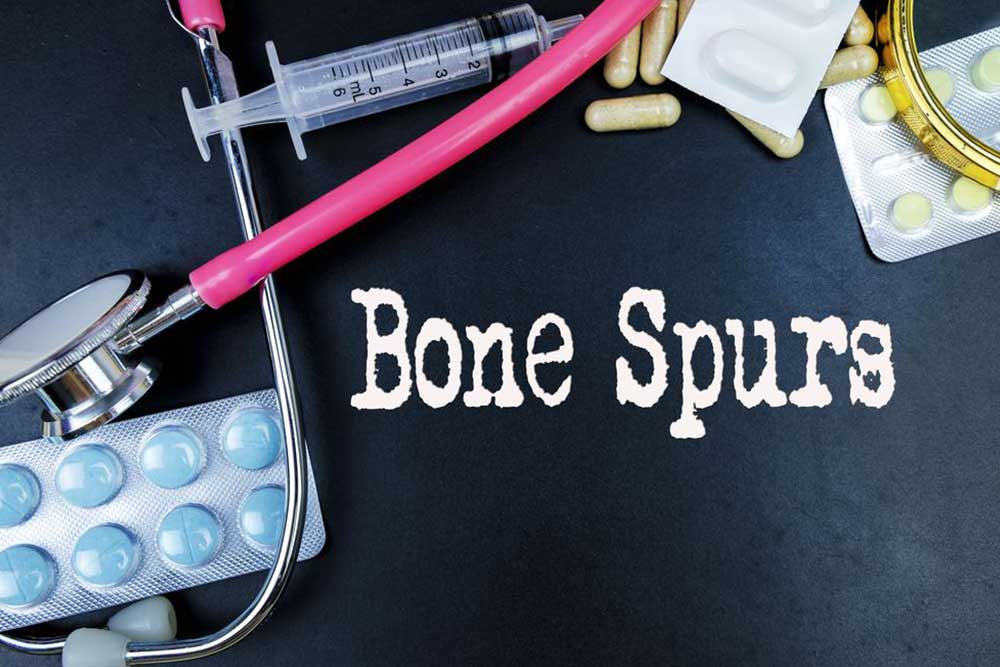Common FAQs About Bone Spurs and Their Management
Learn about bone spurs, their causes, symptoms, diagnosis, and treatment options. This guide explains how degenerative joint conditions lead to extra bone growth, common locations, when to seek medical help, and ways to prevent spurs. Stay informed to manage and address bone spur concerns effectively.

Understanding Bone Spurs: Frequently Asked Questions
A bone spur is a small bony projection that typically develops along the edges of joints. Often linked to joint and bone conditions like osteoarthritis and tendonitis, these extra bone formations are called osteophytes. Usually painless, they can cause discomfort if they rub against other bones or nerves. To learn about causes, symptoms, diagnosis, and treatment options for bone spurs, read through these frequently asked questions.
What leads to the formation of bone spurs?
Inflammation from conditions like osteoarthritis and tendonitis stimulates bone growth in affected areas.
This inflammation triggers bone-forming cells to deposit extra bone tissue.
Degenerative diseases such as osteoarthritis break down protective cartilage, prompting the body to develop bone spurs to fill the gaps.
Where can bone spurs develop in the body?
They can form on any joint with inflamed or deteriorated cartilage.
Common sites include the hands, shoulders, spine, neck, hips, feet, and knees.
What symptoms are associated with bone spurs?
Many bone spurs cause no noticeable symptoms and remain undetected.
Possible signs include bumps beneath the skin and muscle pain, depending on their location.
Spurs in the knee may result in pain during movement or bending.
Spinal spurs can press on nerves, causing numbness or tingling in the limbs.
Hip spurs may restrict movement and cause pain radiating to the knees.
Heel spurs might produce tenderness and swelling in the foot.
When should I consult a doctor?
If there’s swelling in a joint.
If experiencing severe pain or difficulty moving affected joints.
How is a bone spur diagnosed?
A physical exam to check for bumps and deformities.
Imaging tests such as X-rays, CT scans, MRI, or nerve conduction studies may be recommended to assess internal damage and nerve impact.
Specialists like orthopedic surgeons or rheumatologists handle treatment.
What treatment options are available for bone spurs?
Pain relief medications and corticosteroids.
Anti-inflammatory drugs to reduce swelling.
Applying cold packs to alleviate pain and swelling.
Resting affected joints as needed.
Surgical removal may be necessary for severe cases or nerve damage.
Physical therapy to improve joint and muscle function.
Can I take steps to prevent bone spurs?
Increase intake of calcium and vitamin D.
Engage in regular exercise to strengthen bones.
Wear properly fitted shoes and socks to minimize friction and pressure.










